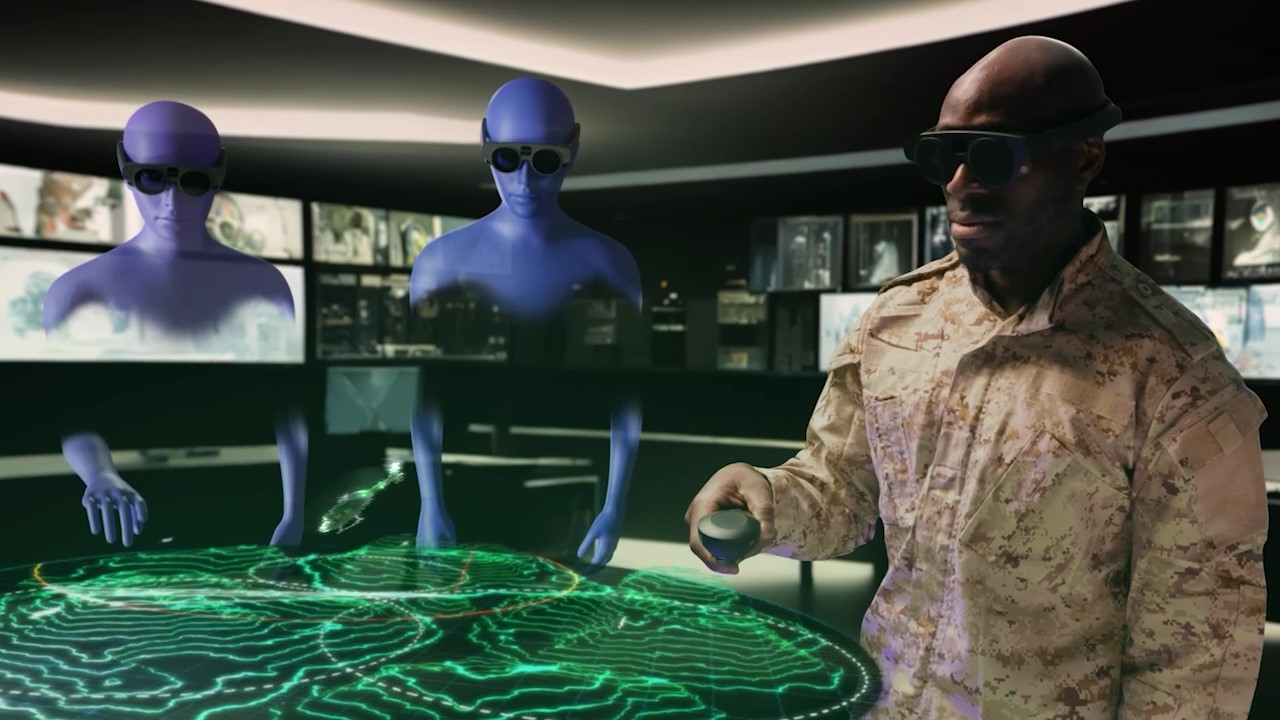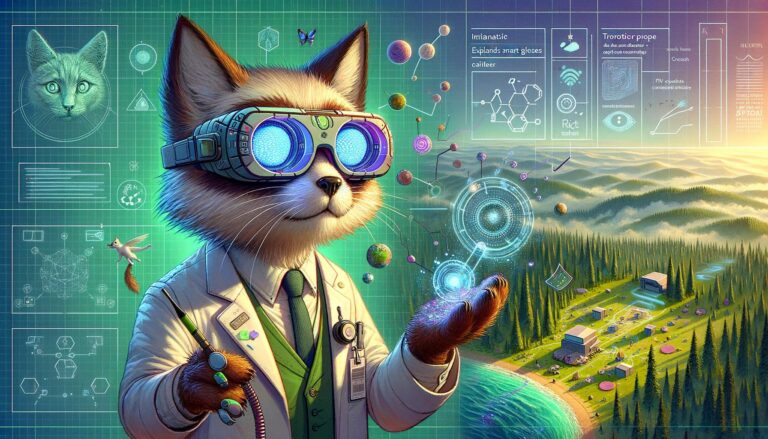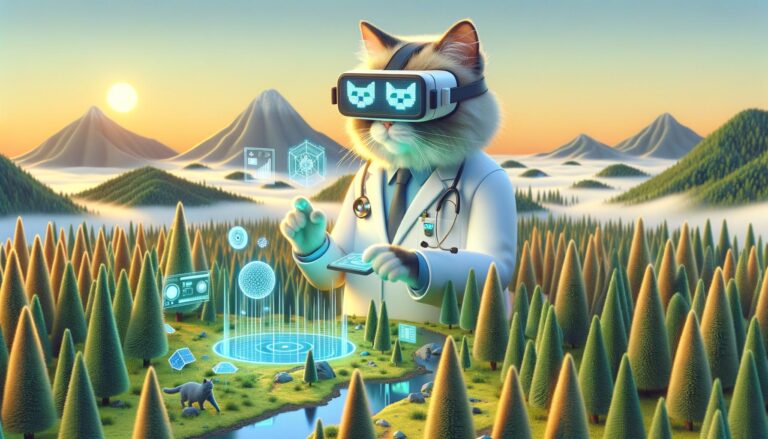Augmented reality (AR) technology is reshaping the way military missions are planned and executed, offering a new level of precision and situational awareness that far surpasses traditional methods.
In previous articles in this series, we’ve explored how AR is impacting combat readiness and C2 operations. Today, we’re taking a closer look at how advanced AR glasses, like the Magic Leap 2, bring unprecedented visualization capabilities and interactive tools to the mission planning process.
A few ways mission leaders are leveraging AR include:
- High-resolution simulations of complex operational environments
- Dynamic AR mapping with real-time intelligence overlays
- Careful examination of every aspect of a mission
- Secure, cross-platform communication and information sharing
Learn more as we explore the current and future contributions of augmented reality on the advancement of mission strategy, planning and execution.
Advanced visualization and interaction
AR delivers unprecedented detail and interactivity to the planning stages of military operations, enhancing both the visual clarity and the depth of data available to mission leaders. With AR glasses like Magic Leap 2, they gain:
- High-resolution simulations: complex operational environments can be simulated in high fidelity, enabling thorough evaluation of every aspect of the mission in a secure, controlled setting.
- Interactive planning tools: traditional static, 2D planning tools become interactive 3D experiences where mission leaders can manipulate and explore scenarios in real-time, adjusting variables to determine potential outcomes.
Together, these AR-driven advancements result in faster, more informed decision-making at mission launch and execution.
Dynamic AR mapping for comprehensive coordination
AR elevates the utility of maps well beyond traditional uses by integrating dynamic data overlays in 3D. These overlays and projections provide up-to-the-minute intelligence and empower mission leaders with:
- Real-time tactical adjustments: AR-enhanced maps provide instantaneous updates about changes on the ground, be it due to environmental factors or movements by adversaries.
- Enhanced visibility of live environment: Immersive mapping offers unique engagement opportunities where users can zoom in on specific areas, add annotations, and simulate troop movements.
With these capabilities, mission leaders gain enhanced usability of geographic data and can more swiftly adapt plans based on real-time changes and outcomes.
Building a secure AR environment
Mission planning and execution often requires classified intelligence and mission data sharing to achieve success. This demands the highest levels of information security. For AR technology to be viable in this context, it must employ robust security protocols and encryption to safeguard sensitive content. Devices like the Magic Leap 2 address this need, in part, through compliance with the Trade Agreements Act (TAA) regulations for government procurement.
Learn more about Magic Leap 2’s security and complianceWhile TAA compliance is a critical baseline, additional security measures are essential to ensuring the confidentiality of classified mission planning data when shared and visualized via an AR environment. This includes a robust system architecture with multi-layer access controls, end-to-end encryption, and strict data handling policies. With these measures in place, secure information sharing and coordination is assured.
How AR will impact future mission lifecycles
As AR matures, its impact on the mission cycle will deepen across planning, rehearsal, and real-time execution. Seamless integration of AR with artificial intelligence and machine learning will enable predictive analytics, automated course-of-action analysis, and dynamic re-planning based on evolving combat conditions. Neural interfaces could allow intuitive, hands-free control of AR visualizations, while advancements in optics and display technologies will further heighten visual intelligence and context awareness.
Ultimately, converging AR with complementary innovations will yield a more unified operational environment – empowering mission commanders to “see” the battlefield with unprecedented fidelity while collaboratively strategizing and directing forces in real-time.
Why we recommend Magic Leap 2 AR glasses for mission planning
The Magic Leap 2 offers more than just an enhancement in visual technology; it provides a transformative tool for mission planning and execution.
With detailed visual data and advanced collaborative tools, these AR glasses prepare mission personnel for a range of operational scenarios with unprecedented precision and efficiency.
Additionally, the Magic Leap 2 is built for developers and in compliance with TAA standards, making it the ideal choice for integrating with existing defense systems and infrastructure.












+ There are no comments
Add yours